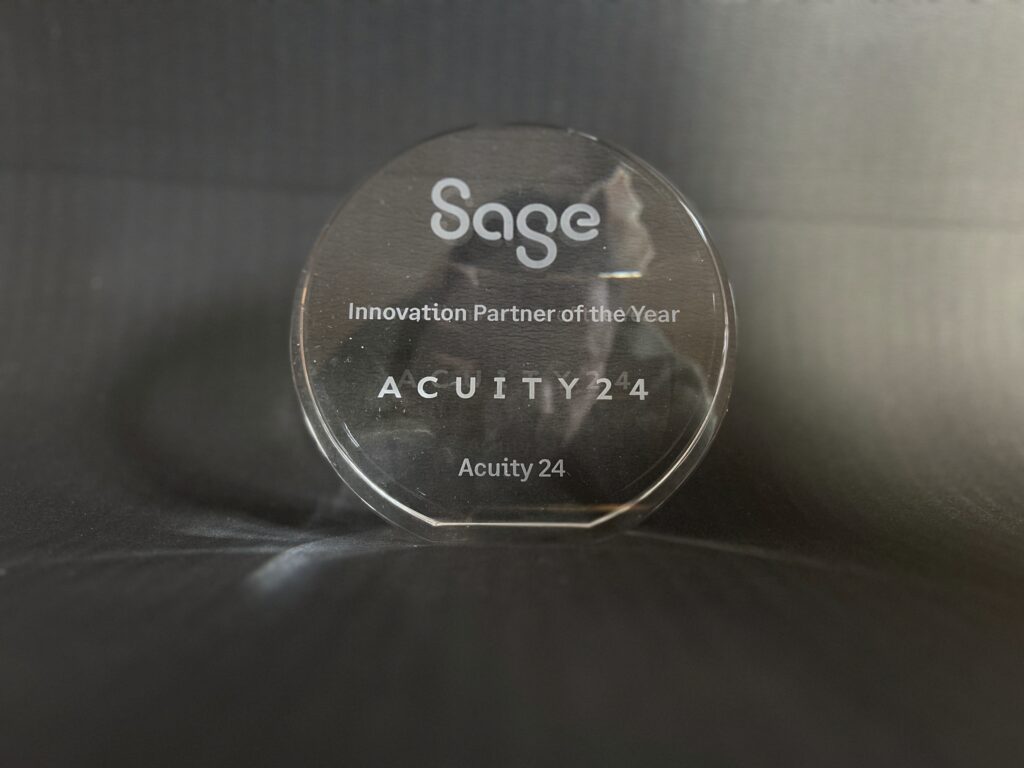A fast-moving business environment puts finance functions under pressure to be more agile, data-driven, and cost-efficient. Two powerful enablers are emerging: finance automation and modern ERP systems. In this post we explore how, together, they help organisations make faster decisions, reduce risk, and generate measurable returns.
Emerging Trends in Finance Automation
1. Accounts Payable & Receivable Automation Go Mainstream
Finance teams are rapidly automating tasks such as invoice capture (via OCR), digital approval workflows, payment processing, and cash application. These workflows not only speed things up but reduce errors significantly. For example, companies implementing AP automation report major drops in processing cost and error rates.
Take a look at the benefits of AP automation with Sage Intacct in our video overview below:
2. AI, Machine Learning & Hyperautomation
Beyond automation of tasks, the next wave is using AI/ML to drive decisions, surface insights and automate entire end-to-end processes (RPA + ML + workflows). This means finance teams will increasingly shift from “doing the numbers” to “interpreting the numbers”.
3. Real-Time Data & Analytics as Standard
Finance functions expect near-real-time visibility into KPIs, cash flow, risk indicators and scenario modelling. Modern automation supports this by integrating data, cleaning it, and delivering dashboards and alerts.
CFOs Guide to Digital Transformation
4. Cloud & Modular Architectures
Cloud-based ERP/finance platforms offer scalability, easier updates and lower infrastructure burden. Modular approaches let organisations adopt what they need now and expand later.
5. Compliance, Risk & Control Automation
With rising regulatory demands and cyber risk, finance automation isn’t just about speed, it’s about stronger controls, audit trails and compliance readiness. Automated workflows reduce the chance of error or fraud, and enhance governance.
What’s the ROI of Implementing an ERP system?
Faster Payback & Reduced Total Cost of Ownership (TCO)
Research shows that modern cloud ERP implementations deliver strong ROI. For example, some studies report returns over 150% in just the first year. A 2025 Forbes article highlights how the correlation between investment and performance can show the true value of ERP implementation.
Efficiency Gains and Error Reduction
Automating finance workflows inside an ERP leads to fewer manual tasks, less rework, and faster closing and reporting cycles. For example, implementing finance automation can reduce reporting errors by up to 90%.
Explore the workflows every finance team should automate in our free blog post here.
Better Decision-Making and Strategic Value
ERP systems that integrate automation, analytics and real-time data become strategic platforms, not just transaction systems. This means finance leaders can provide insights rather than just reports. Embedded AI in ERP can help companies reduce processing time and improve accuracy.
Scalability and Future-Proofing
As your business grows, the ERP and automation engine grow with it. Modular, cloud-native systems like Sage Intacct avoid expensive and risky rip-and-replace cycles. This agility enhances long-term value.
Working with Acuity24 as your Sage ERP Partner
We have extensive experience in Sage Intacct and Sage X3 implementations, providing customers with the support and advice needed throughout every step of the process.
We also offer fixed price services, flexible payment options and an abundance of free training to help you get the most out of your investment. Get in touch to discuss your needs or arrange a no-obligation call or demo.


